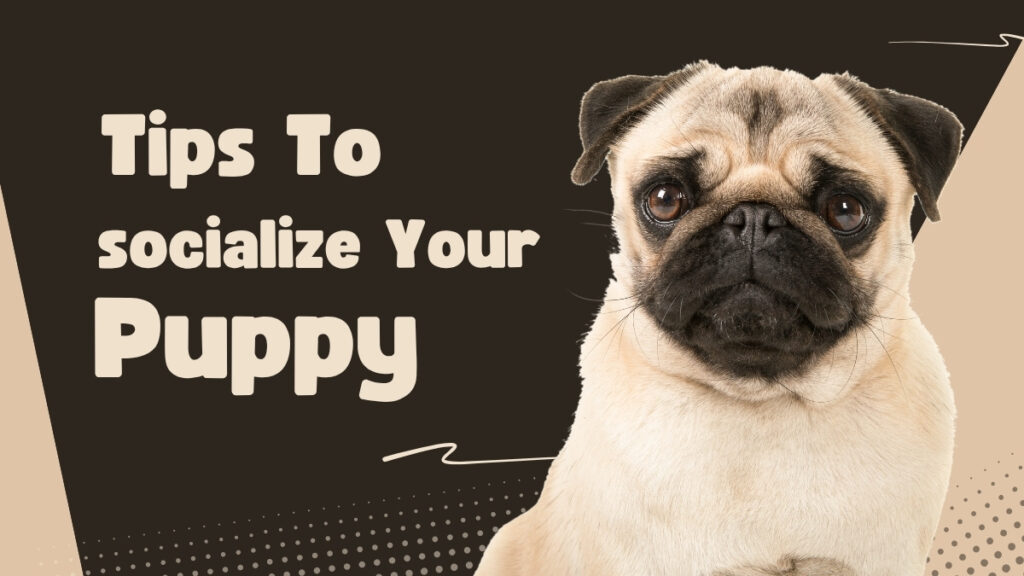Introduction
Welcoming a new puppy is the fabulous adventure: beautiful, playful, naughty and curious. Knowing how your puppy behaves will actually go a long way in your relationship with him or her-hopefully a healthy one. This will be the most exhaustive guide on puppy behavior, artistry, communication signals, typical troubles, and practical training techniques.
Understanding Puppy Behavior
Understanding Your Puppy Learn to understand the personality of your puppy because it enables you to:
- Strengthen the ties with your pet
- Prevent future behavioral problems
- Train more effectively
- Encourage a safe happy environment for both
Puppies and little human babies are learning every minute of every day. You understand their actions, and you will be able to respond appropriately to train a stable dog.
Puppy Body Language Interpretation
Puppies mainly communicate through body language and the following are some important signals and signs to take note of:-
The Tail
- High Wagging Excited or happy.
- Tucked Between Legs: Fearful or submissive.
- Still and Low: Alert or anxious.
Ears
- Perked Up: Attentive or inquisitive.
- Laid Back: Nervous or fearful.
Eyes
- Soft Stare: Relaxed and comfortable.
- Direct Stare: Potential threat or fear.
- Whale Eye (whites showing): Stress or discomfort.
Posture
- Play Bow (front legs down, back end up): Invitation to play.
- Stiff Posture: Aggression or stress.
- Cowering: Scared or anxious.

Regular puppy behavior explained
To chew
Why this happens: Early, boredom or exploration solutions: provide chewing toys and supervision
Cut off
Why this happens: Sports behavior, beginner or over -stimulation solution: Redirect for toys, use positive reinforcement and avoid physical punishment
Bark
Why this happens: Communication, looking for attention or fear solution: identify the trigger, reward of calm behavior, provide tension
Excavation
Why this happens: Solving natural instinct, boredom or hiding objects: Notice an excavation area or provide attractive toys
Jump on humans
Why this happens: Paying enthusiasm or attention
The main development phase
Newborn (0-2 weeks)
- Trust Mother for Heat and Food
- Restricted sensory development
Transition (2-4 weeks)
- The eyes and ears open
- Start walking and interacting
Socialization (4-12 weeks)
- Important learning period
- In exposure to people, pets, sounds and environment
Teen (3-6 months)
- Independence has increased
- Early and more intensive play
Youth (6-18 months)
- Test limits
- Training stability is important

How to Stop Bad Puppy Behavior – Be the Same Every Time
Stick to the routine and answer the same way to behave every time.
Positive reinforcement works best
Awarding good behavior with behavior, praise or games.
Avoid penalties
Shouting or killing creates fear and distrust. Be aware of redirect and prices.
Provide mental and physical stimulation
Boring of boredom leads to catastrophic behavior. Use puzzles, workouts and regular running.
Tips to socialize the pupp
- Get them off with different types of people and pets
- Park and pet community sites
- Use behavior to create positive associations
- Keep the call small and positive
When to get professional help
If your puppy shows
- Constant aggression
- Excessive fear
- Lack of responsibility for exercise should consult a professional dog trainer or behavior.
conclusion
Understanding whaling is the basis for a lifetime band between you and your dog. By understanding what your puppy wants and how they act, you can give them the care they need to grow up healthy and strong With time, patience and stability, your puppy will develop in a well -operated, confident partner.
Frequently Asked Question
A: Most puppies controlled the poke for 6 months of proper training.
A: This may be due to the need to give loneliness, fear or relief to oneself.
A: Teach people to sit while greeting and rewarding calm behavior.
A: Yes, it is common to be unstable. See for signs of stress or growth.
A: Yes, Crate provides training protection and helps with setbacks

